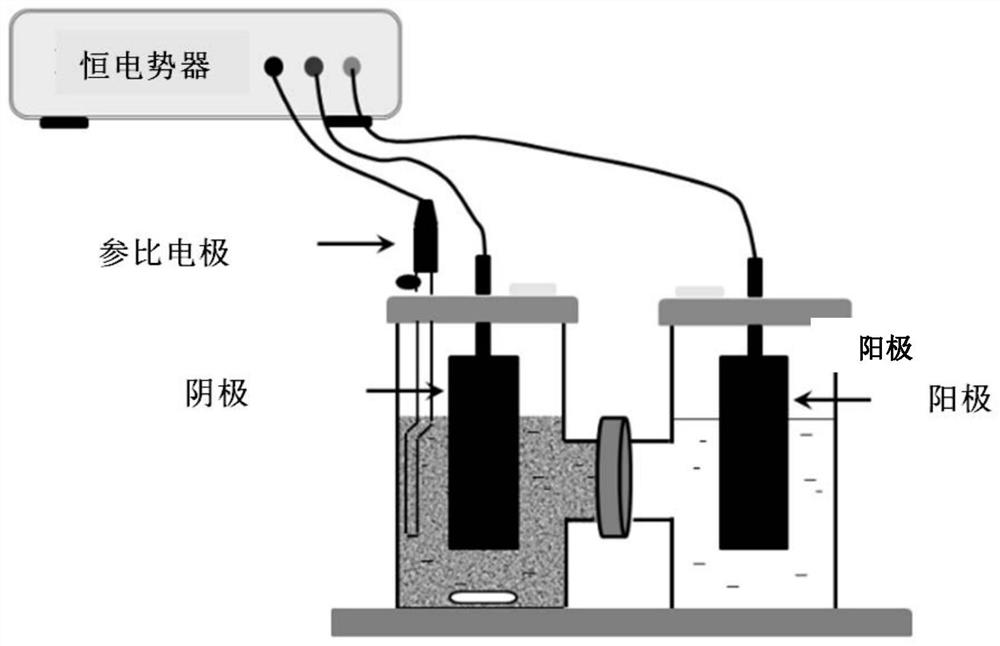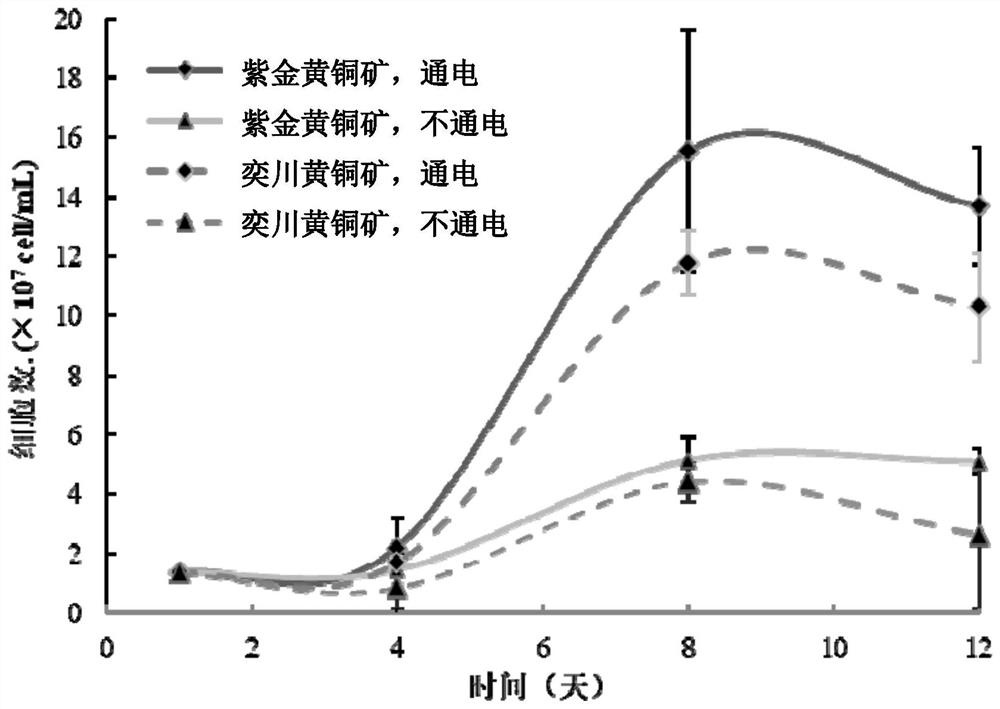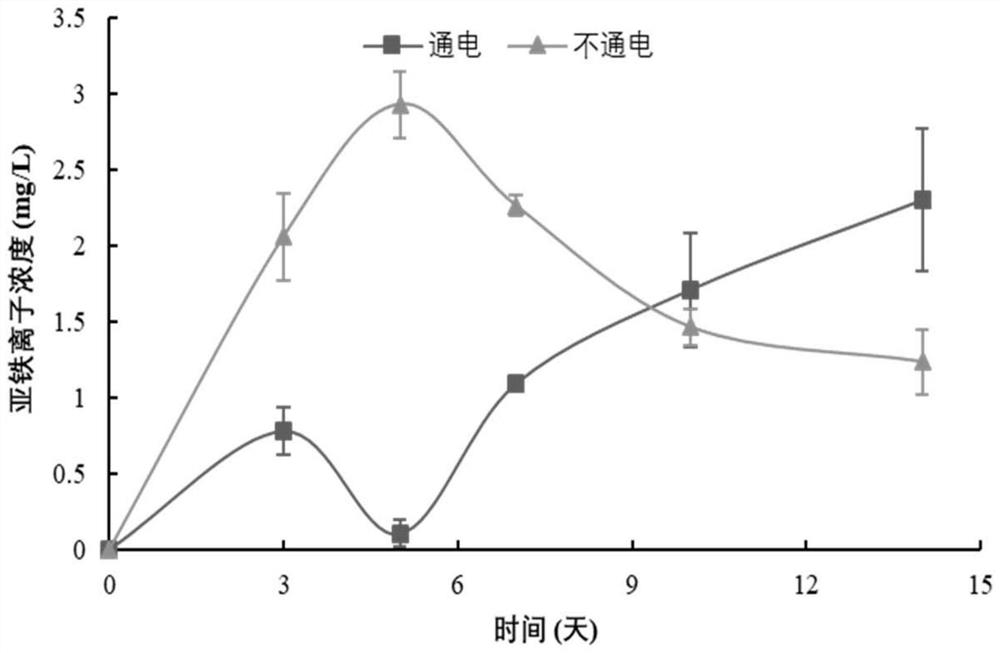Photoelectric energy method for promoting biological metallurgical leaching rate of microorganisms Ar-4
An optoelectronic and electronic technology, applied in the field of microorganisms, can solve the problem that the molecular biology mechanism has not been revealed yet.
- Summary
- Abstract
- Description
- Claims
- Application Information
AI Technical Summary
Problems solved by technology
Method used
Image
Examples
Embodiment 1
[0094] Example 1. Isolation, Purification and Identification of Thermoacidophilus Metallosphaera sp.Ar-4
[0095] 1. Separation and purification identification
[0096] Metallosphaera sp.Ar-4 was isolated and purified from a sulfur-rich hot spring mud sample in Tengchong County, Yunnan Province, China on June 6, 2008. Ar-4 can utilize FeSO 4 ·7H 2 O, elemental sulfur and reduced sulfide K 2 S 4 o 6 It is an aerobic autotrophic growth for energy, has the characteristics of thermophilic, acidophilic, and metal toxicity resistance, and has autotrophic growth by oxidizing inorganic sulfur, ferrous iron or sulfide ore, heterotrophic growth by utilizing organic carbon sources, and utilization of inorganic carbon sources and The ability of organic carbon sources to grow polytrophically.
[0097] Based on the 16S rRNA gene homology of strain Ar-4, a phylogenetic tree of 16 related acidophilic archaea including Ar-4 was constructed. The species are clustered together, and have a...
Embodiment 2
[0104] Example 2, Research on the Response of Metallosphaera sp.Ar-4 to Photoelectric Energy
[0105] 1. Set up 5 groups of experiments to determine whether the strain M. cuprinaAr-4 has the ability to respond to mineral photoelectric energy
[0106] The negative electrode constant potential of -400mV was provided by the constant current potentiometer, and the photoelectric energy was simulated by the constant potential to study the response process of the strain to the photoelectron.
[0107] The experimental conditions are as follows: 1) Introducing CO 2 As the sole energy source; 2) into CO 2 , add sulfur powder as energy; 3) pass CO 2 , using Fujian Zijin Chalcopyrite as energy; 4) Natural ventilation, using Fujian Zijin Chalcopyrite as energy; 5) Natural ventilation, using Yichuan Chalcopyrite as energy. Each group of experiments was cultured without electricity as a control, and 3 groups of parallel experiments with electricity and 3 parallel experiments with no elect...
Embodiment 3
[0128] Example 3. Simulation of photoelectron catalysis for bioleaching of Aureococcus acidophilus Metallosphaera sp.Ar-4
[0129] 1. Study on M. cuprinaAr-4 bioleaching effect of simulated photoelectron catalysis
[0130] 1. Metallosphaera sp.Ar-4 seed solution
[0131] The Metallosphaera sp.Ar-4 obtained in Example 1 was cultured in a 500mL Erlenmeyer flask, and each Erlenmeyer flask was inserted with 200mL of pH 3.0 modified Allen medium, placed on a high-temperature shaker at 65°C, and cultivated at 150rpm for 7 days. Obtain Ar-4 seed solution.
[0132] 2. Inoculation and cultivation
[0133] The electrification experiment group: the Ar-4 seed liquid obtained in the above 1 is inserted into the working electrode chamber (cathode chamber) of the dual-chamber reactor that has been added with sterilized modified Allen medium according to the volume of 5% (sampling and recording the initial cell number) , and then add 2g of purple gold chalcopyrite to 100mL Ar-4 suspension,...
PUM
 Login to View More
Login to View More Abstract
Description
Claims
Application Information
 Login to View More
Login to View More - R&D
- Intellectual Property
- Life Sciences
- Materials
- Tech Scout
- Unparalleled Data Quality
- Higher Quality Content
- 60% Fewer Hallucinations
Browse by: Latest US Patents, China's latest patents, Technical Efficacy Thesaurus, Application Domain, Technology Topic, Popular Technical Reports.
© 2025 PatSnap. All rights reserved.Legal|Privacy policy|Modern Slavery Act Transparency Statement|Sitemap|About US| Contact US: help@patsnap.com



